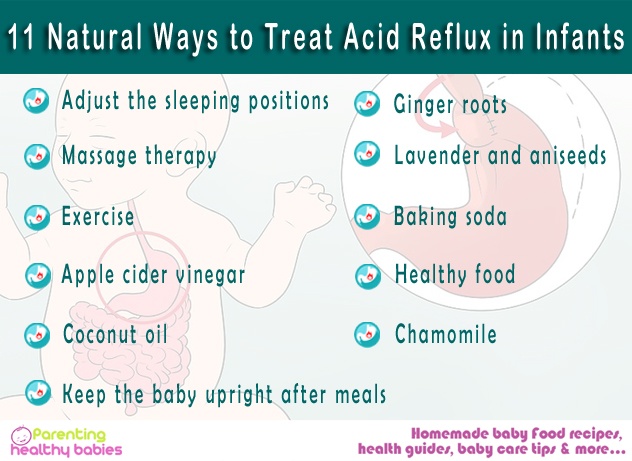As babies grow older, it becomes increasingly difficult to handle them while feeding them, bathing them or taking care of them in general. A high chair is a kind of chair with long legs, a feeding tray, and footrest and in some cases, a fastening belt. It is used for feeding young babies and toddlers, or to keep them seated safely, when the parents are working and can’t carry them all around the house. The reason why it is called a high chair is because the seat is situated at a certain height, allowing parents and other adults to feed the babies and toddlers, even while standing. The first known use of the high chair was probably in 1913, according to some internet sources, so this chair has been saving parents from a lot of work and trouble since a long time!
Many parents complain that their babies don’t like to sit on high chairs. This could be due to a lot of reasons. Many babies might find the chair highly uncomfortable, or maybe, they’re in an irritable mood due to some unidentifiable reason. In this article, we will discuss 11 effective ways to fix this problem.
11 Effective Ways to Fix Baby’s High Chair Problems
Identify the reason behind the reluctance:
As adults, it might baffle us why babies wouldn’t want to sit on a high chair, which is so convenient and useful for us, not to forget the fact that it is extremely safe to sit for the baby. What we don’t realize is that since babies cannot speak, they convey their discomfort of other problems by crying or refusing to do certain things. So, it is important to know why your baby hates his high chair. That is the first and foremost step towards solving this problem.
The chair might not be suited for him:
Most of the high chairs are designed for babies between 4 months-a year old babies, or older. However, it is important to note that not all babies grow in the same way; some babies might need additional support when they are slightly older, and the high chair might not be suited for them. Therefore, it is important to see which kind of chair is suitable for your baby and buy that.
Make strict rules about eating:
Don’t make it a habit to feed your child anywhere else, in case he hates his high chair. Instead, try to make it mandatory for him to sit on the high chair while eating. Your child may resist a few times, so don’t use any force. Instead, gently enforce the idea of eating being equated with sitting on a high chair in his small head.
Try to lower the desk/remove the tray altogether:
Many babies feel that a feeding tray is an obstacle in their newfound independence. They can’t say anything coherent, so they cry for no apparent reason. Try to lower the feeding tray, or remove it altogether, so that the chair can be placed near the dining table and your child might feel good having his meals with all the other family members.
Buy a chair booster:
A chair booster is a child seat that can be placed on top of a regular dining chair. You can try using this instead of a regular high chair and see if it works for your baby.
Provide a special toy for this time:
Providing a special toy to play with, while your baby sits on the high chair, could make him fall in love with the high chair. This trick works for a lot of parents, so who knows, this might work for you as well!
Try to make it a positive experience:
Your baby might hate his high chair due to some previous negative experience. So try to make the experience ne of sitting on a high chair a positive one, by trying to play happy games with him or doing something that pleases your baby.
Regulate the time spent on the high chair:
It is important to note that as your baby is growing up, he is learning new skills like standing on his own, holding different kinds of objects, learning how to balance and other body postures. He might not like sitting on a high chair for long periods of time, because that could result in an irritable mood. So, it is extremely important to regulate the time spent on a high chair.
Try to change the surroundings:
Babies learn to identify so many things as they grow older, so confining them to only one location while feeding them or keeping them seated on a high chair is simply not justified. Try to feed them at a different place in the house, or maybe in the lawn outside, or the terrace. Change of surroundings can make a huge difference in their mood.
Try to bring in other babies:
If you have another baby in the house or nay babies in the neighborhood, try to bring them together and create these fun activities, where they have food together. Having another baby or toddler to play and eat with might shift your baby’s attention from the high chair.
Try to find an alternative
In spite of following these tips, if your baby still hates his high chair, then maybe there is some serious issue that needs to be taken care of. Maybe your baby is not suited for this chair, or has outgrown this chair. Try to find other alternatives then.
Good luck with making your baby fall in love with his high chair!
Hope this article was of help for all our parents!! Please share your comments/queries/tips with us and help us create a world full of Happy and Healthy Babies!!













